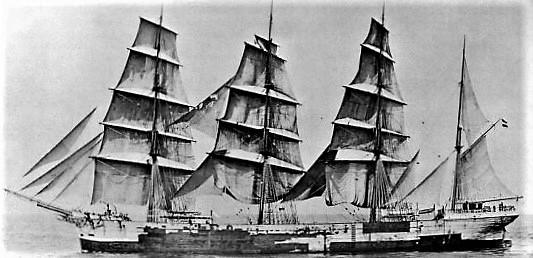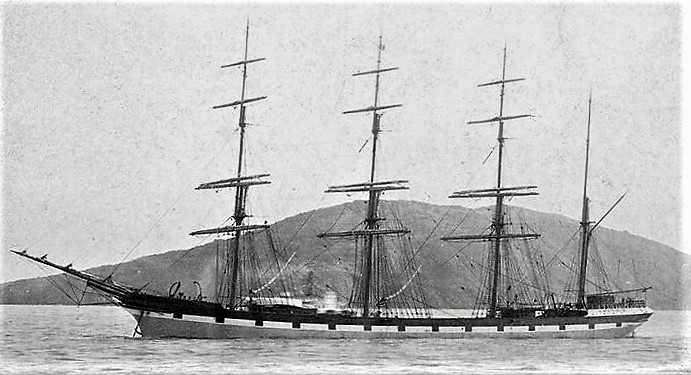
In stormy seas on the night of the 31 January 1914 the four masted sailing ship Hera ran aground off Gull Rock close to the coast at Nare Head. Only five of her crew of 24 survived. They were rescued by the Falmouth lifeboat, Bob Newbon, after desperately clinging to one of the spars of the sinking ship in freezing temperatures into the early hours of the morning.
Fifteen of the crew who died that night now lie in Veryan Churchyard in what is reputed to be the longest grave in the country. Their names are listed on the memorial stone, which also recognises the captain, buried in Germany, and three crew members whose bodies were never found. The grave is marked with granite curb stones and a marble headstone, paid for by the ship’s owners.
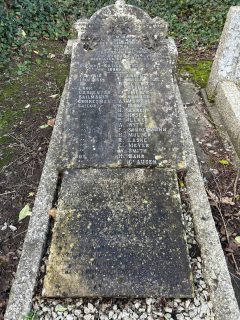

Memorial service – 4 February at 11am
To mark the 110th anniversary of the tragedy there will be a memorial service at Veryan Parish Church on Sunday 4 February at 11am followed by a wreath laying on the Hera grave.
The service will be attended by representatives from the Falmouth RNLI and members of the RAF dive team who located the wreck in July 1970.
Talk – 3 February 6.30pm
The evening before the service dive team leader, Kevin Patience, and author of the book ‘Hera – A Cornish Shipwreck Tragedy’, will be giving a short talk at Veryan Parish Church on Saturday 3 February at 6.30pm.

Kevin’s model of the ship will be on display in the church for the talk.
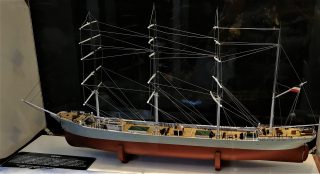
The wreck was first discovered in the late 50s when scuba diving was in its infancy.
The bell from the ship was found in 1964 and is currently privately owned.
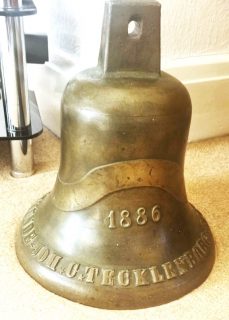
Kevin will recount Hera’s story and how the wreck was eventually located by the RAF St Mawgan Sub Aqua Club. With a single diagram to work on they launched a boat from Pendower beach and headed out to gull rock, eventually finding what they were looking for.
Present day
Since its discovery the wreck has become a popular dive site. It’s shallow depth and sheltered location makes it an ideal dive for beginners.
To visit the Hera grave, turn left as you leave the church, go up the steps and the grave is at the top of the churchyard, below the hedge, on the right.
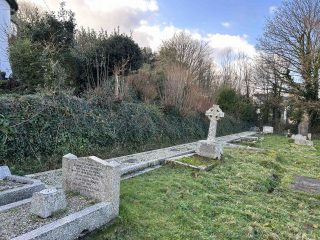
There are booklets about the Hera tragedy on sale in the church.
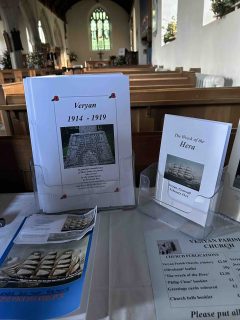
Hera photographs courtesy of Kevin Patience.

